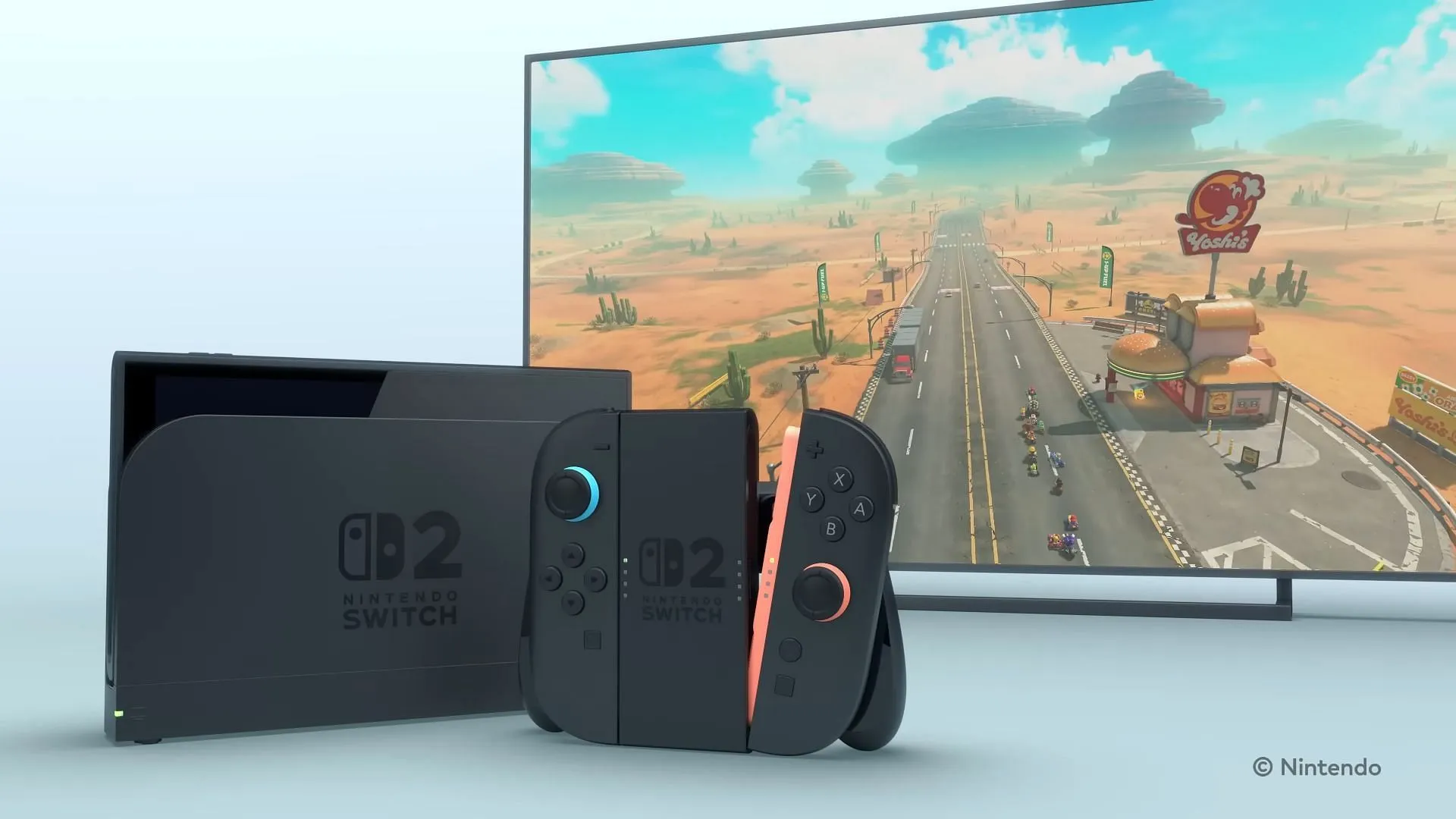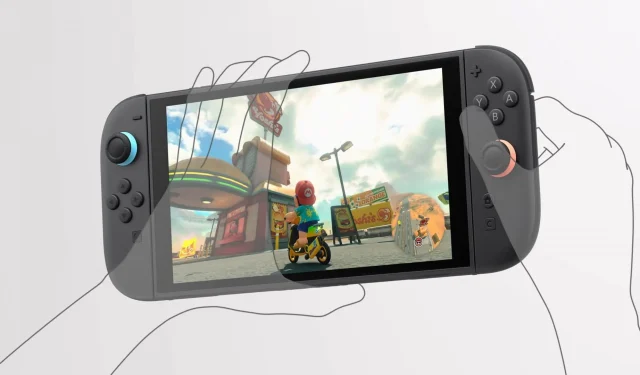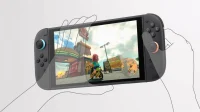The Nintendo Switch 2 was officially unveiled during the Nintendo Direct event on April 2, 2025. While the company highlighted intriguing new features such as GameShare and Backwards Compatibility, it notably omitted any mention of ray tracing support. As a result, uncertainty remains regarding the availability of ray tracing technology in the new console.
Prior to the event, a significant leak from Famiboards provided crucial details and renders of the Switch 2, though the post was swiftly removed. A Reddit user, Mister Sheeple, managed to capture screenshots before the content was taken down. These leaks suggested that the Switch 2’s chipset would feature dedicated ray tracing cores capable of processing effects like Ray Traced Global Illumination (RT GI) and Ray Traced Reflections. However, the absence of any mention regarding ray tracing during the official event has led to speculation about its support on the Nintendo Switch 2.
Exploring Ray Tracing Possibilities in the Nintendo Switch 2

Details about the specific Nvidia chip utilized in the Switch 2 were not disclosed by Nintendo. Nevertheless, prior leaks hinted that the device is powered by the Nvidia GMLX30-R-A1 chipset, which integrates both CPU and GPU capabilities into a single package. This GPU is reported to be based on Nvidia’s Ampere architecture, renowned for its ray tracing features.
If the leaks hold true and Nintendo has not altered the chipset unexpectedly, the Nintendo Switch 2 should theoretically support ray tracing at the hardware level. However, given Nintendo’s longstanding emphasis on gameplay over graphic fidelity, they may not have deemed ray tracing significant enough to showcase during their presentation.
It is possible that Nintendo could allow game developers the option to incorporate ray tracing based on their discretion, which could be a reasonable approach. Nonetheless, the complete lack of focus on this feature raises questions. It may also be the case that the ray tracing implementation within the operating system is not yet ready for deployment, explaining why Nintendo chose not to announce it. If this is indeed the situation, there remains potential for future updates to enable ray tracing capabilities. After all, it seems unlikely that Nintendo would include support for such technology in their hardware and then choose not to utilize it.
In conclusion, while the absence of an explicit confirmation regarding ray tracing support for the Nintendo Switch 2 has left fans and analysts pondering, the hardware may indeed possess this capability. Further revelations and updates from Nintendo will determine whether gamers can expect to experience the enhanced visual quality that ray tracing can offer.


